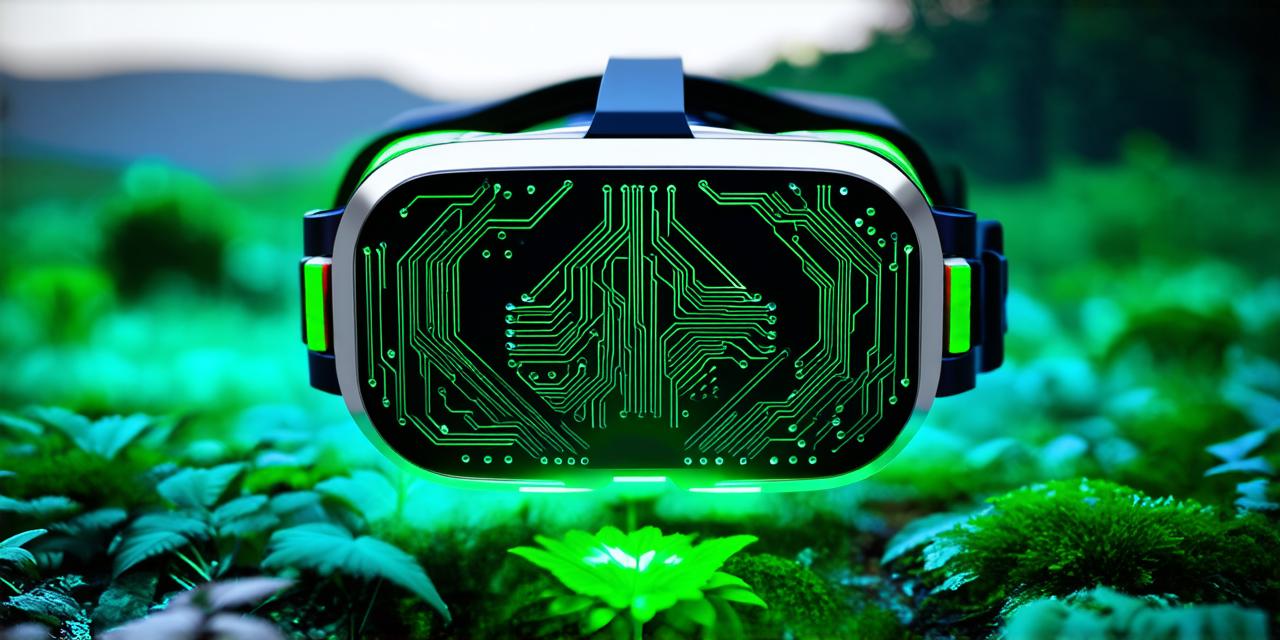As virtual reality (VR) technology continues to evolve, developers are increasingly looking for powerful and flexible tools to help them create immersive and engaging experiences. One of the most popular and widely-used tools for VR development is Unreal Engine, a game engine that has been used to create some of the most impressive VR experiences out there.
Getting started with Unreal Engine
Before diving into the specifics of how Unreal Engine can be used for VR development, it’s important to first understand what it is and what it does. At its core, Unreal Engine is a game engine that was developed by Epic Games in 1998. It has since been used to create everything from traditional video games to interactive installations, virtual reality experiences, and even augmented reality applications.
Unreal Engine is built on top of the Unreal Editor, which is an integrated development environment (IDE) that provides a powerful set of tools for creating, editing, and deploying VR content. The editor includes features like support for real-time rendering, physics simulations, animation tools, and more. It also integrates with a wide range of third-party tools and services, making it easy to extend the functionality of Unreal Engine and incorporate your own custom workflows.
Key features of Unreal Engine for VR development
One of the key advantages of using Unreal Engine for VR development is its support for real-time rendering. This means that you can see exactly what your VR experience will look like as you’re building it, which can be incredibly helpful when it comes to prototyping and debugging. Unreal Engine also includes built-in support for physics simulations, which are essential for creating realistic and immersive VR experiences.
Another important feature of Unreal Engine is its support for animation. This allows you to create complex animations and movements for your VR characters and objects, which can help bring your experience to life and make it more engaging for users. Additionally, Unreal Engine includes a range of tools for creating interactive elements, such as buttons and menus, which can be used to control the flow of your VR content.
Real-world examples of Unreal Engine in action
One great example of Unreal Engine being used for VR development is the creation of the popular game “Beat Saber” by Beat Games. The game uses Unreal Engine to create its immersive and dynamic virtual reality environment, which features a range of customizable characters and objects that players can interact with in real-time.
Another example is the use of Unreal Engine in the creation of the “VR Experience” at the World Cup soccer match in Russia in 2018. The experience allowed fans to virtually walk around the stadium, explore different areas, and even see the matches from different angles. This was made possible by the use of Unreal Engine’s real-time rendering capabilities and its support for physics simulations.
FAQs
Q: What is Unreal Engine?
A: Unreal Engine is a game engine that can be used for VR development. It was developed by Epic Games in 1998 and includes features like real-time rendering, physics simulations, animation tools, and more.
Q: Is Unreal Engine easy to use?
A: Yes, Unreal Engine is relatively easy to use, thanks in part to its integrated development environment (IDE) and its support for a wide range of third-party tools and services.
Q: What are some of the key features of Unreal Engine for VR development?
A: Some of the key features of Unreal Engine for VR development include real-time rendering, physics simulations, animation tools, and interactive elements.
Conclusion
In conclusion, Unreal Engine is a powerful tool that can be used to enhance VR development by providing a range of features and capabilities that are essential for creating immersive and engaging experiences. Whether you’re a seasoned VR developer or just starting out, Unreal Engine is definitely worth considering as a platform for your projects. By using this comprehensive guide, you should have a good understanding of its key features and how they can be used to create amazing VR experiences.
